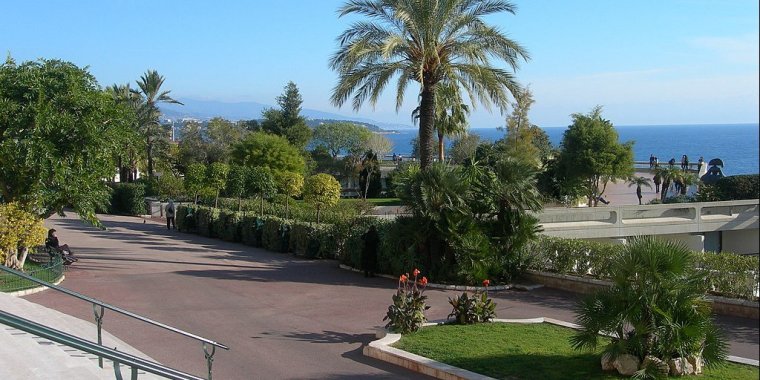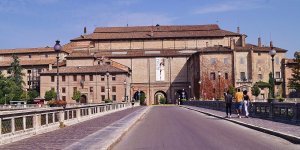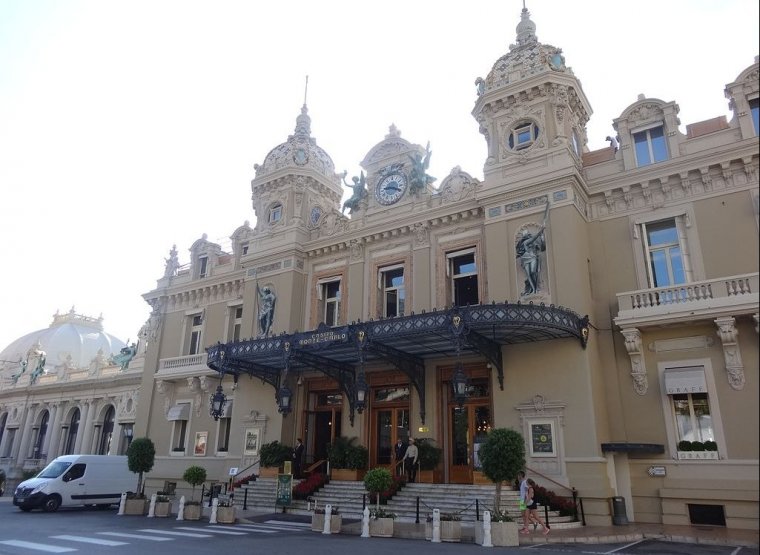| Travel / Tourist Attractions |
Casino, Monte Carlo
The Monte Carlo Casino, officially named Casino de Monte-Carlo, is a gambling and entertainment complex located in Monaco. It includes a casino, the Grand Théâtre de Monte Carlo, and the office of Les Ballets de Monte Carlo.
The Casino de Monte-Carlo is owned and operated by the Société des bains de mer de Monaco, a public company in which the Monaco government and the ruling royal family have a majority interest. The company also owns the principal hotels, sports clubs, foodservice establishments, and nightclubs throughout Monaco.
The idea of opening a gambling casino in Monaco belongs to Princess Caroline, a shrewd, business-minded spouse of Prince Florestan I.
In 1854, Charles, Florestan's son and future Prince of Monaco, recruited a team of Frenchmen—writer Albert Aubert and businessman Napoleon Langlois—to devise a development plan and write a prospectus to attract 4 million francs needed to build a spa for the treatment of various diseases, a gambling casino modeled from the Bad Homburg casino, and English-styled villas.
Granted the concession of 30 years to operate a bathing establishment and gaming tables, Aubert and Langlois opened the first casino at 14 December 1856 in Villa Bellevu. Intended to be only a temporary location, the building was a modest mansion in La Condamine.
During this initial period, the casino had been moved several times, until it finally ended up in the area called Les Spelugues (English: The Caves). Construction at this site began on 13 May 1858 to designs of the Parisian architect Gobineau de la Bretonnerie and was completed in 1863.
In 1878–79, the casino building was transformed and expanded to designs of Jules Dutrou (1819–1885) and Charles Garnier.
The alterations to the Casino de Monte Carlo included the addition of a concert hall (designed by Garnier and later named the Salle Garnier), located on the side of the casino facing the sea, and the redesign and expansion of the gaming rooms and public spaces, mostly carried out by Dutrou on the side of the casino facing the Place du Casino, where the Hôtel de Paris Monte-Carlo and the Café de Paris were also located.

Casino Monte Carlo - The gardens. ![]()
In 1880–81, the casino was expanded again, to the east of Dutrou's Moorish Room, by the addition of the Trente-et-Quarante Gaming Room, also designed by Garnier.
In 1898–99 the Salle Garnier was remodeled by architect Henri Schmit, primarily in the stage area, so that it would be more suitable for opera and ballet performances.
Source
• www.wikipedia.org
YOU MAY ALSO LIKE






